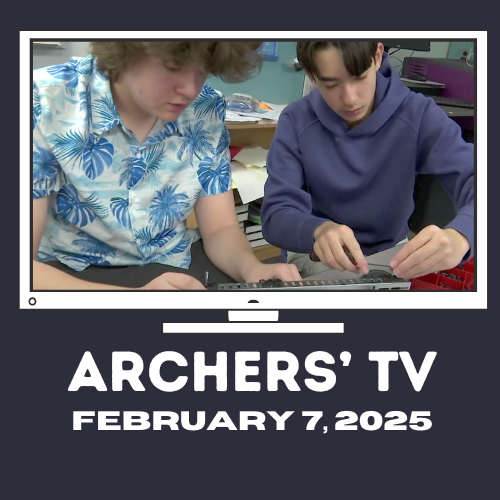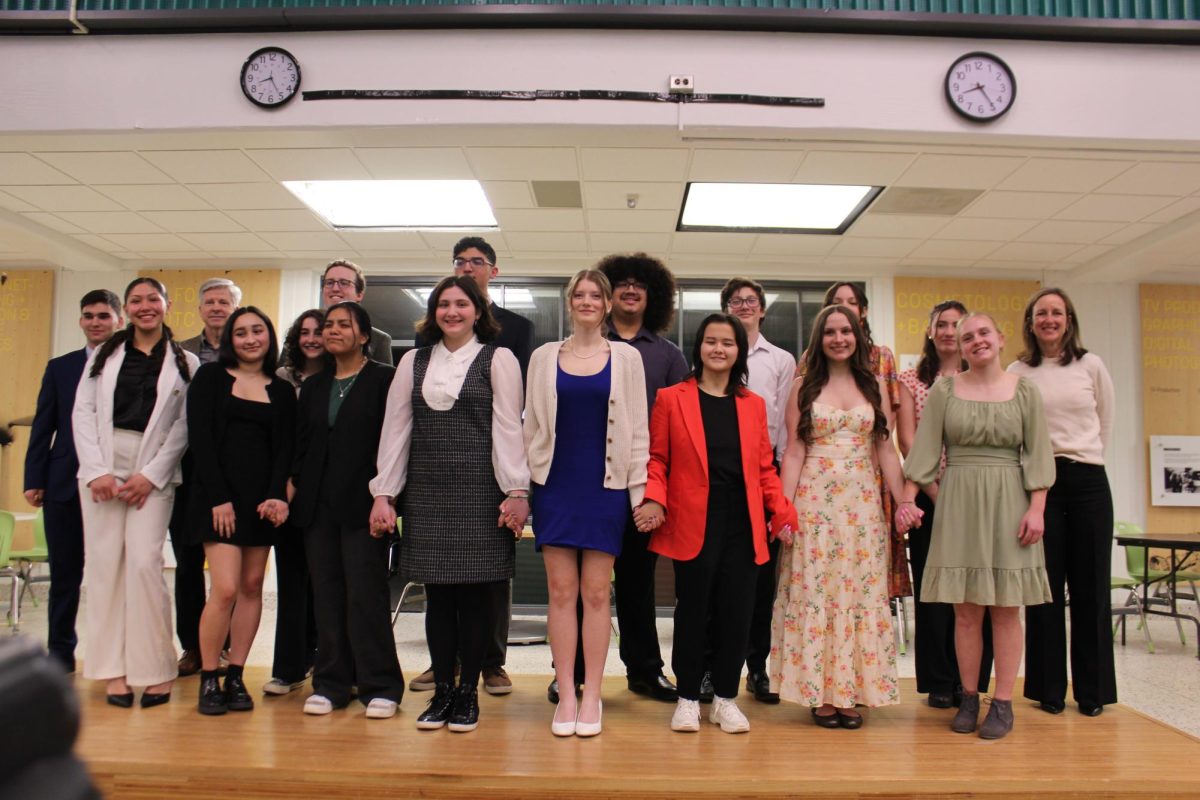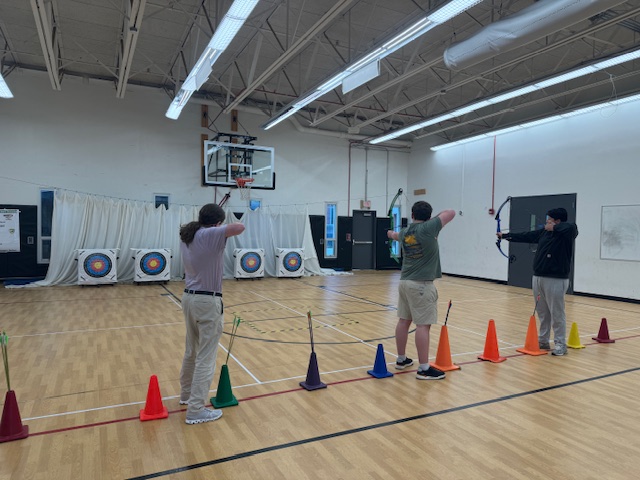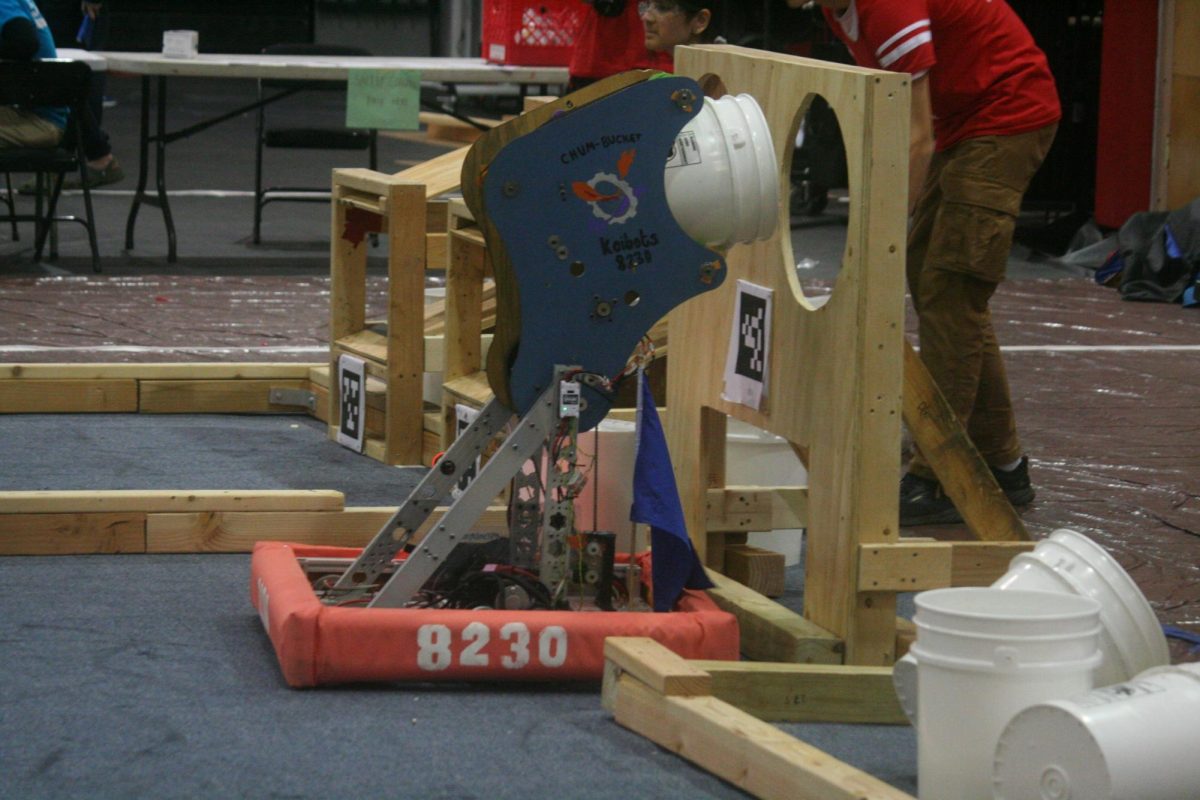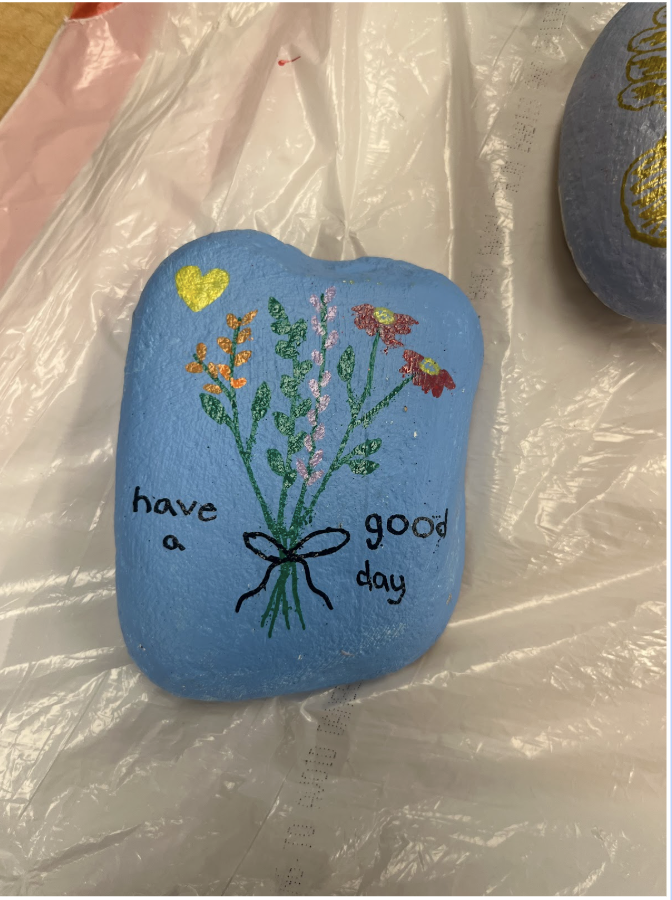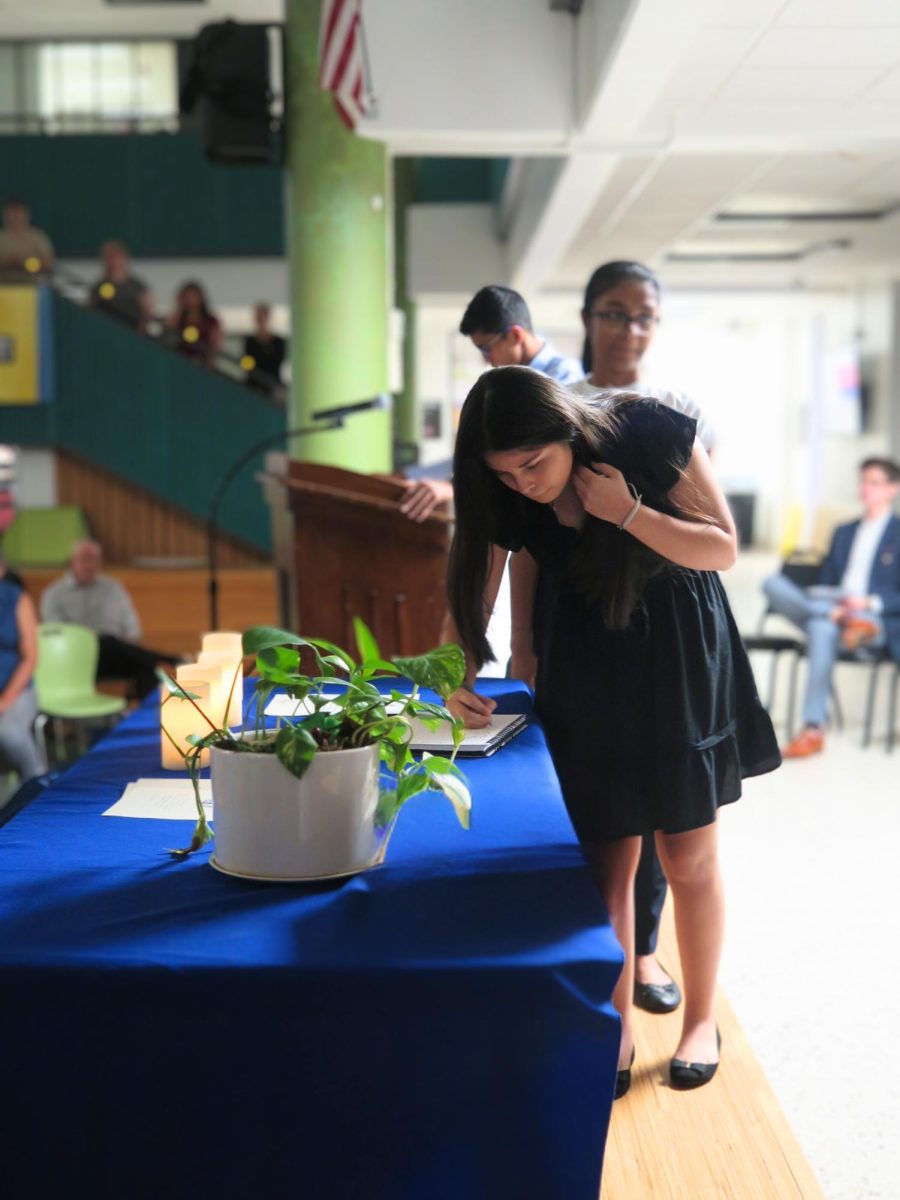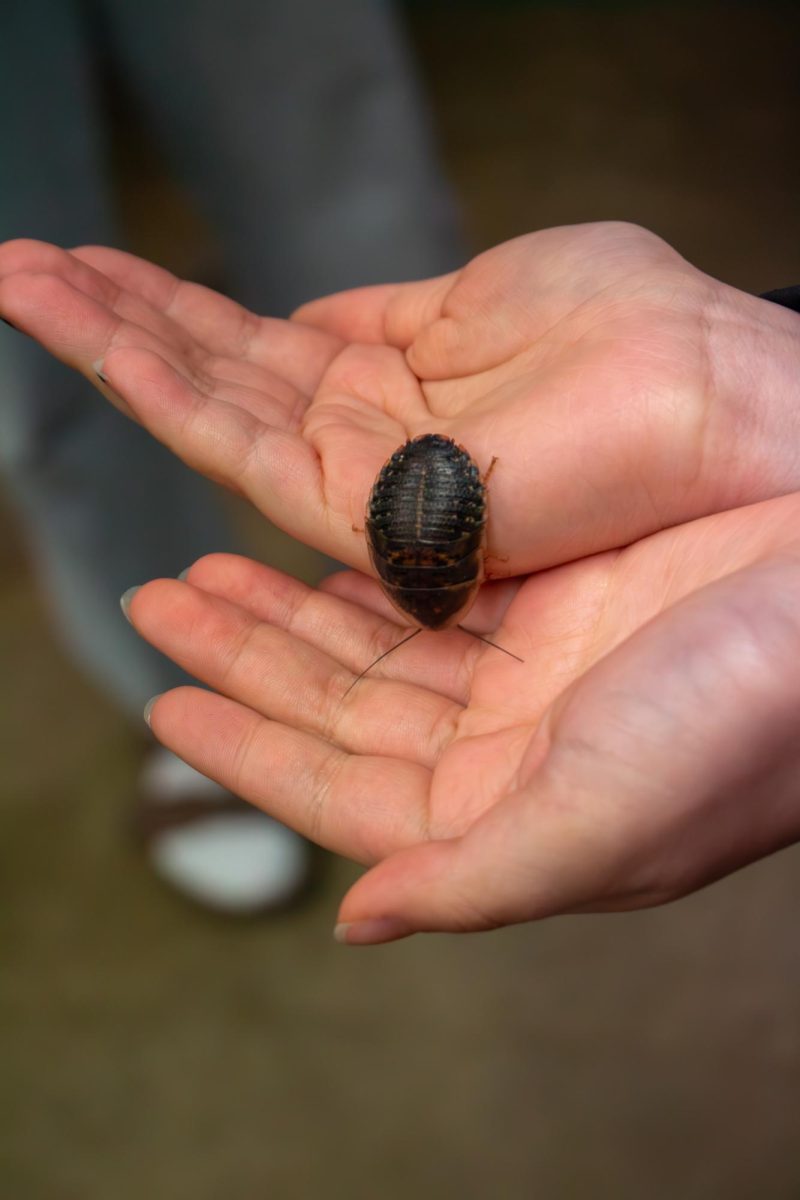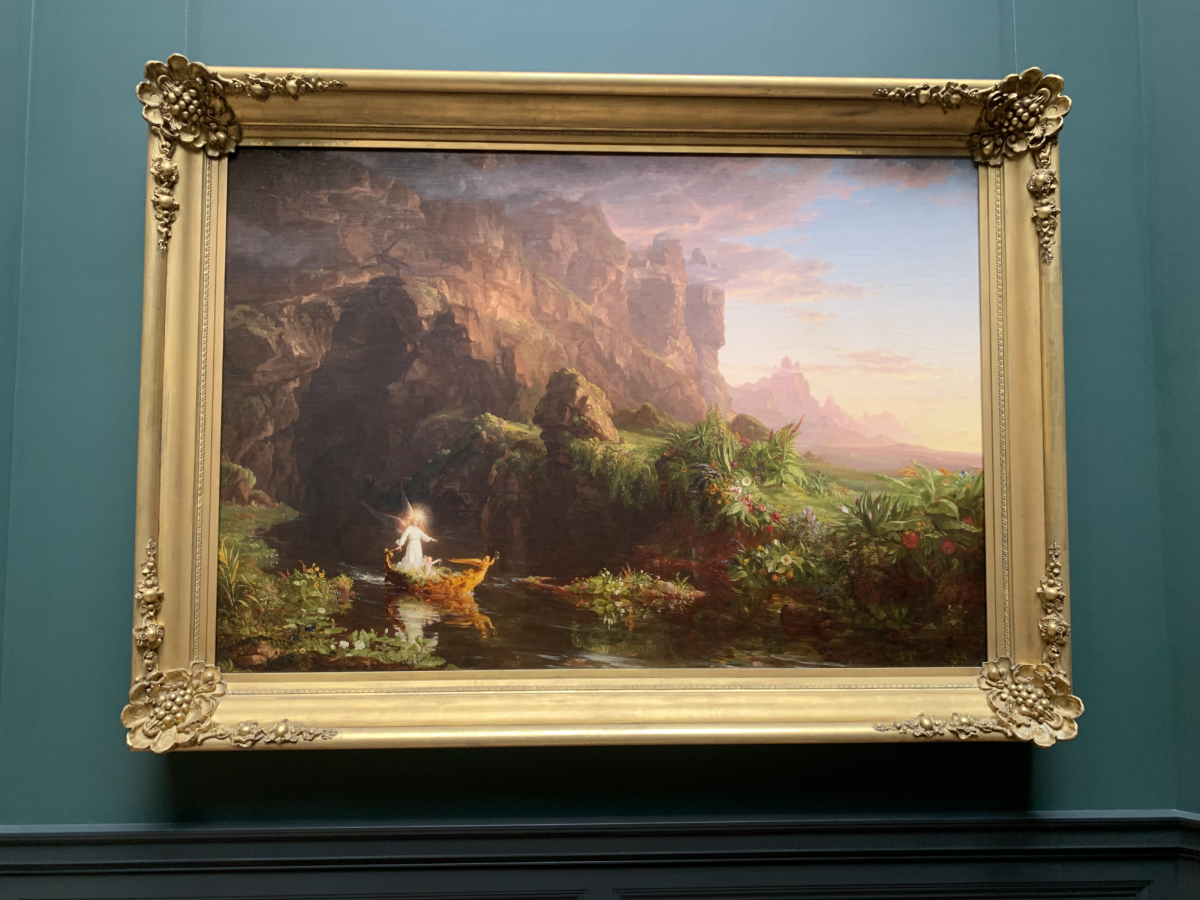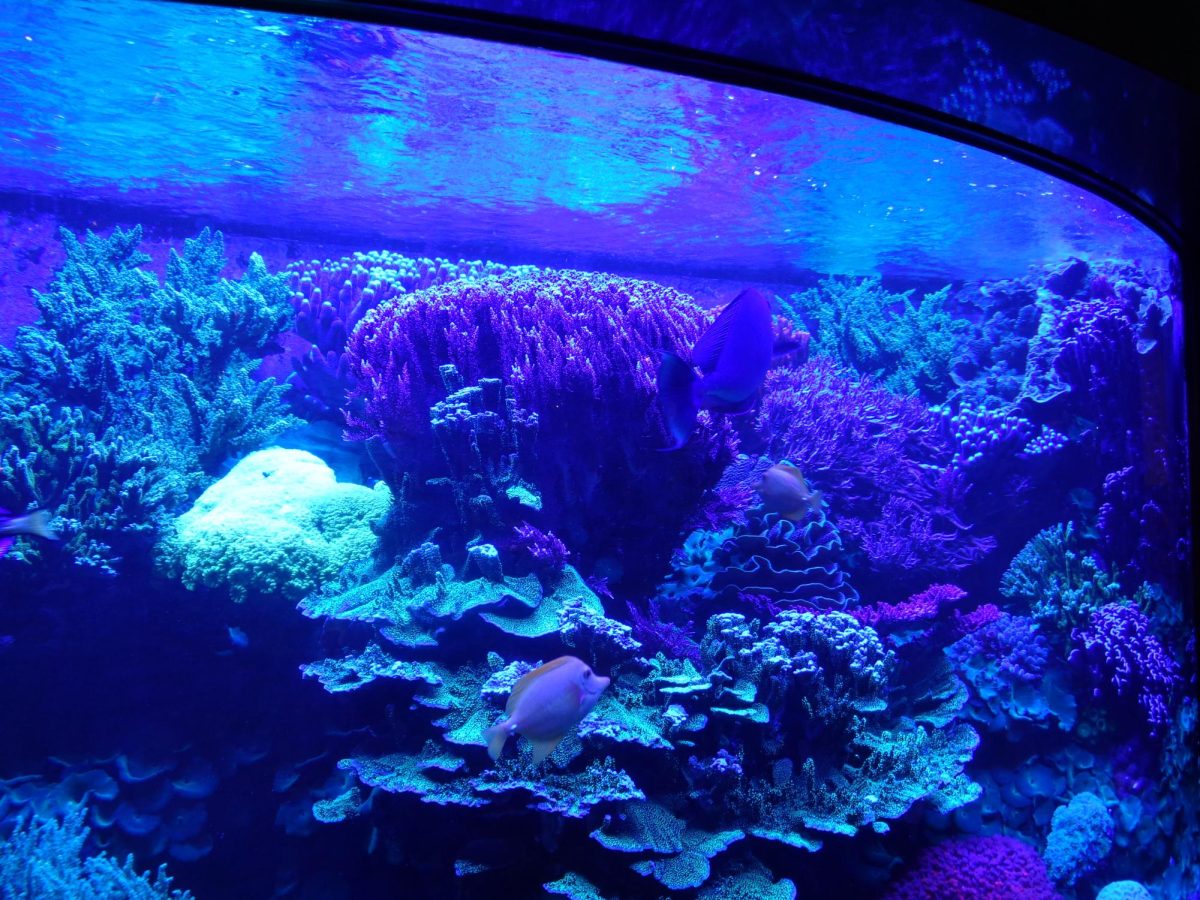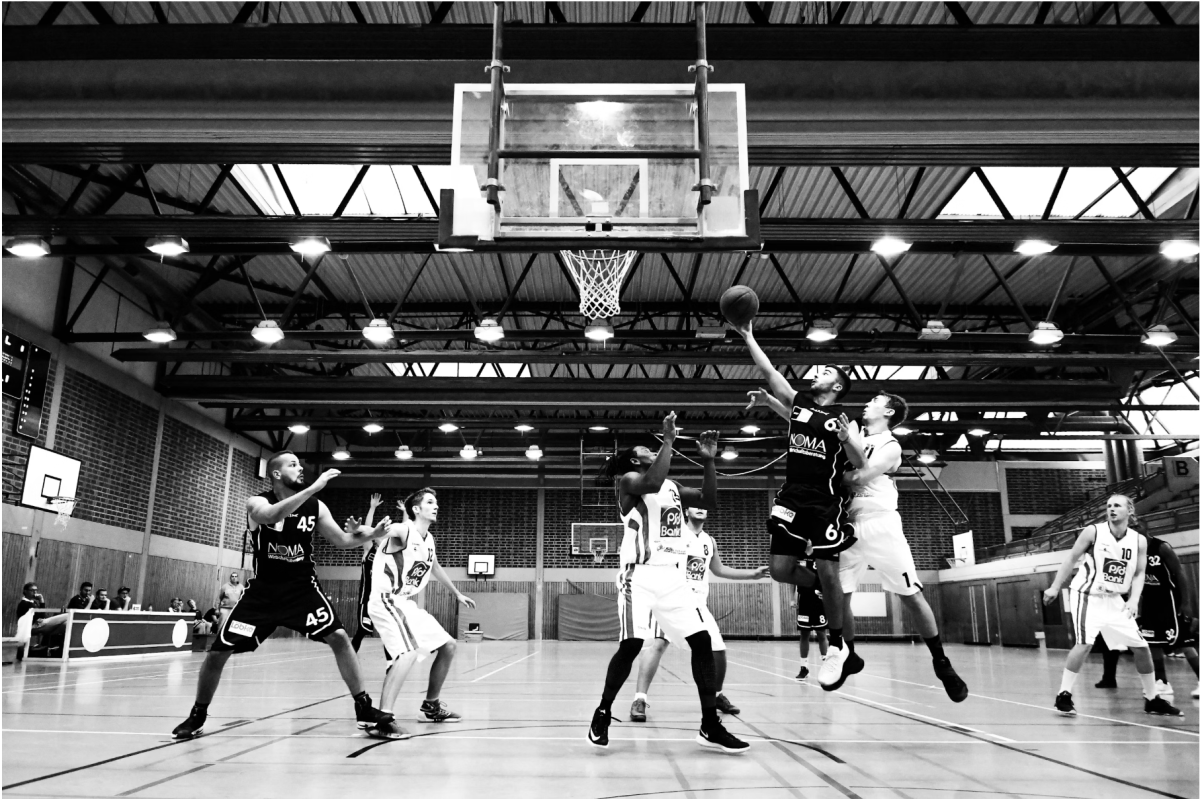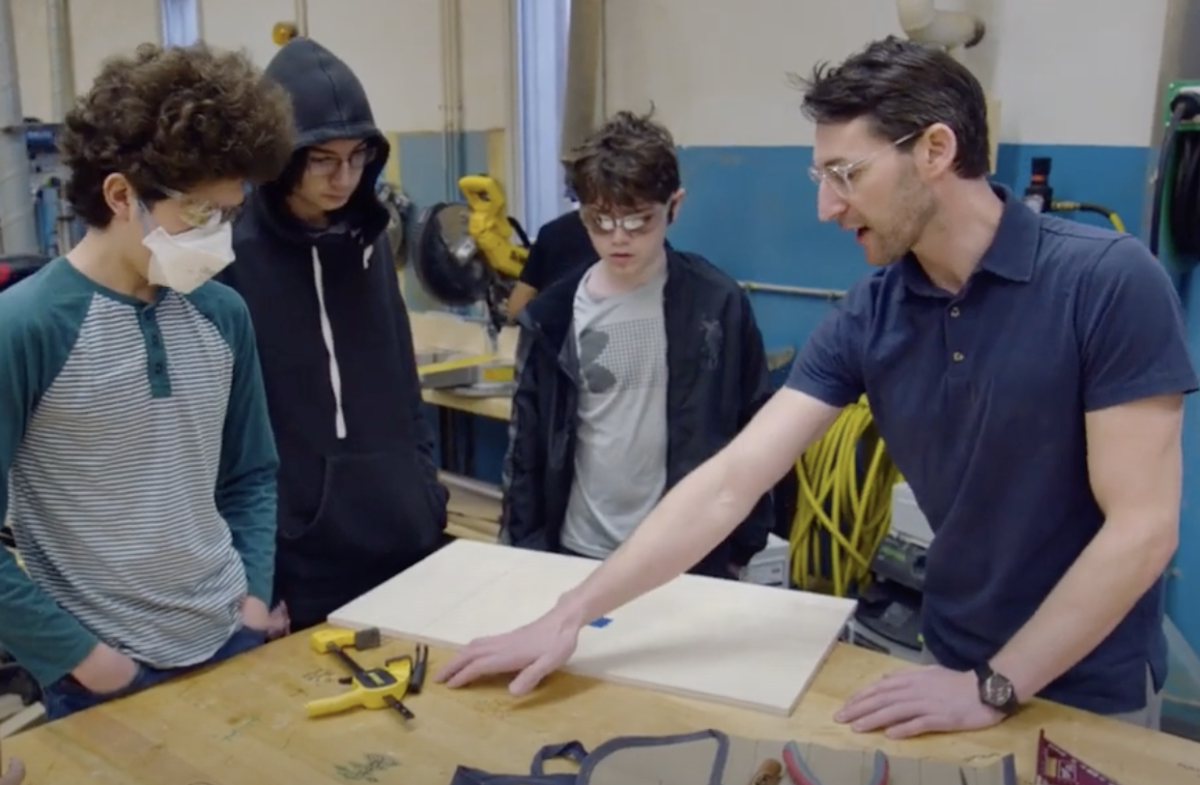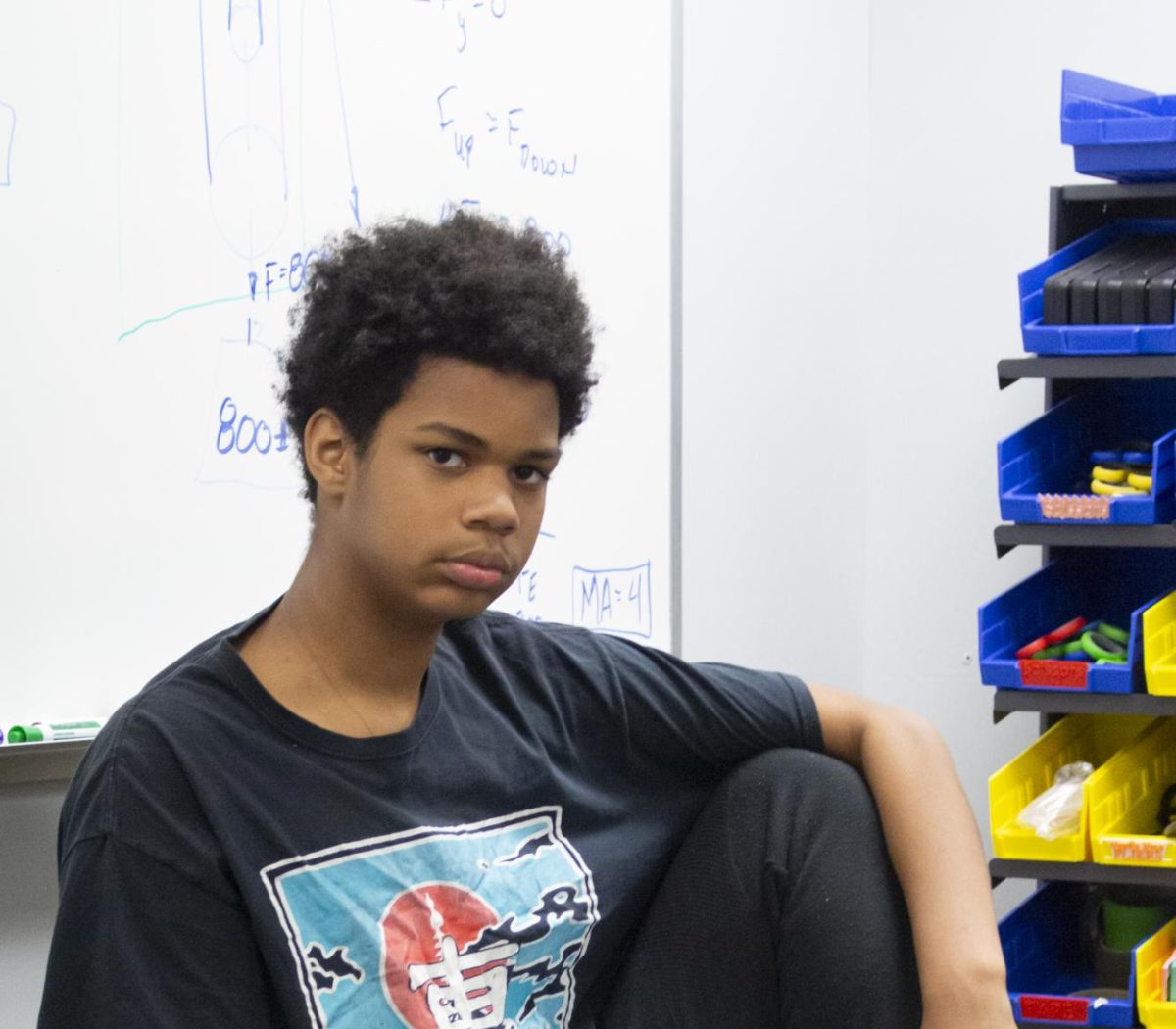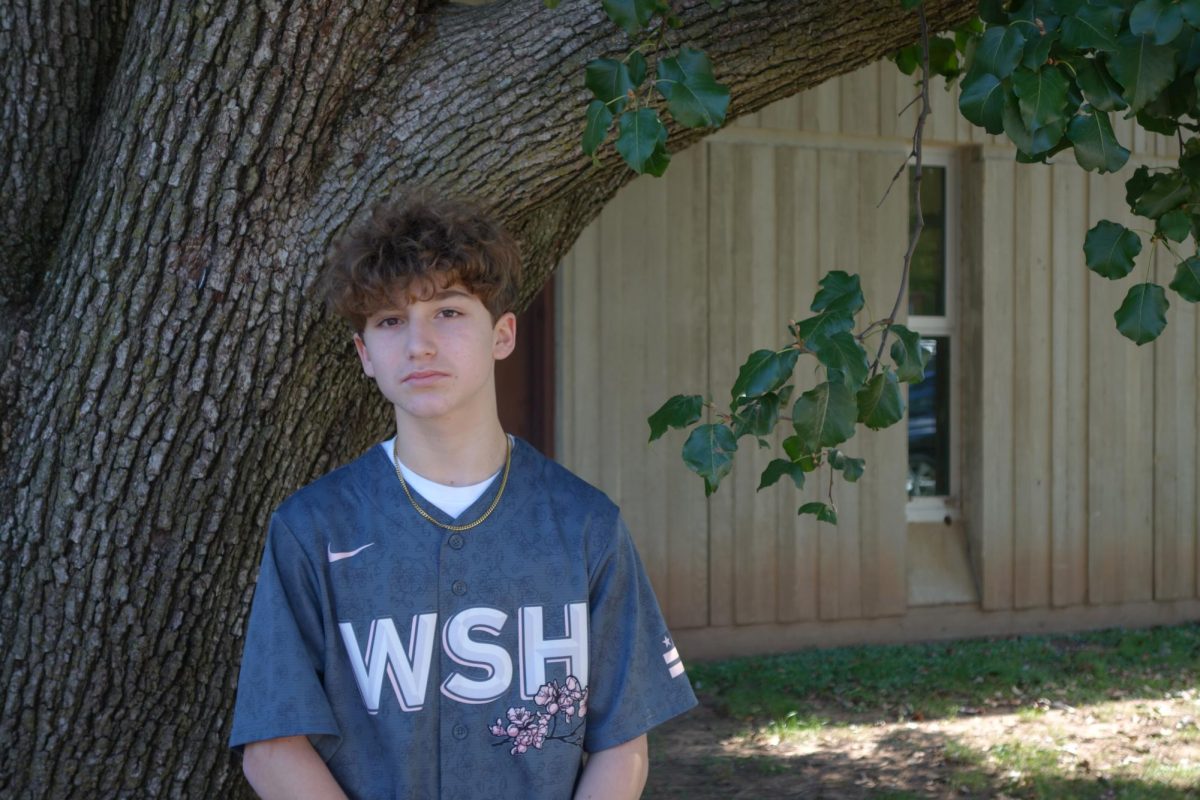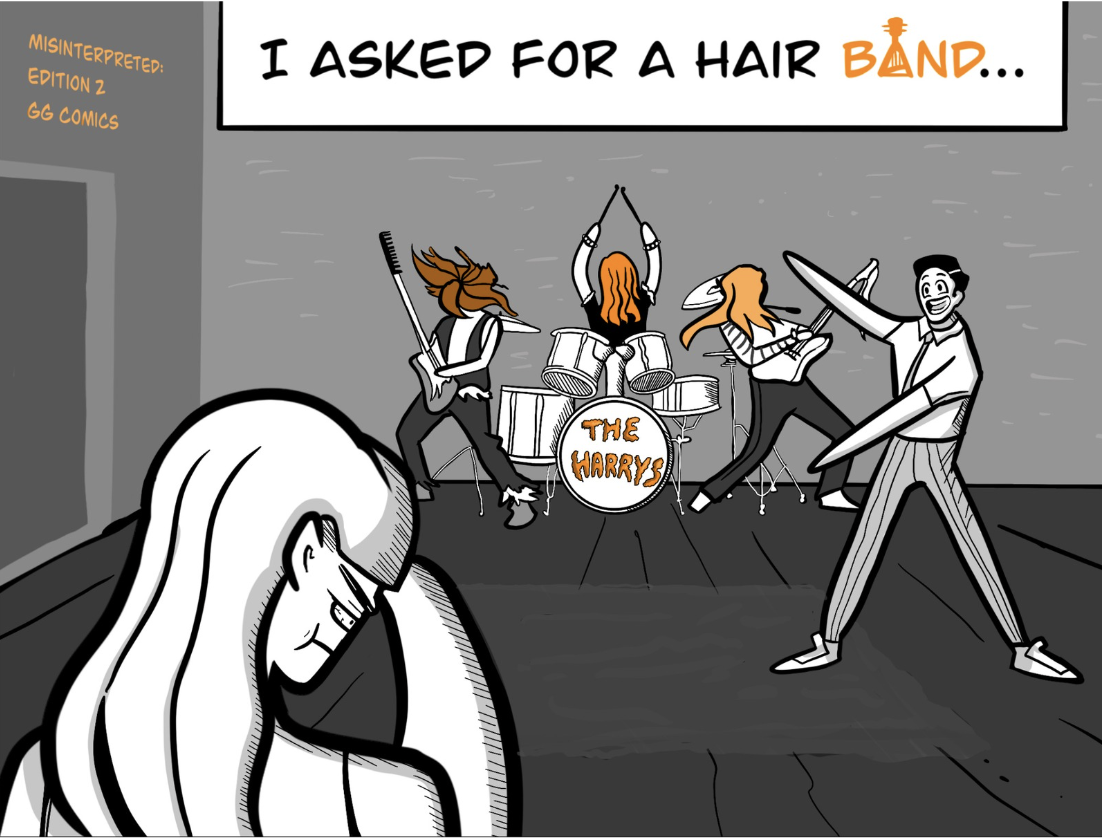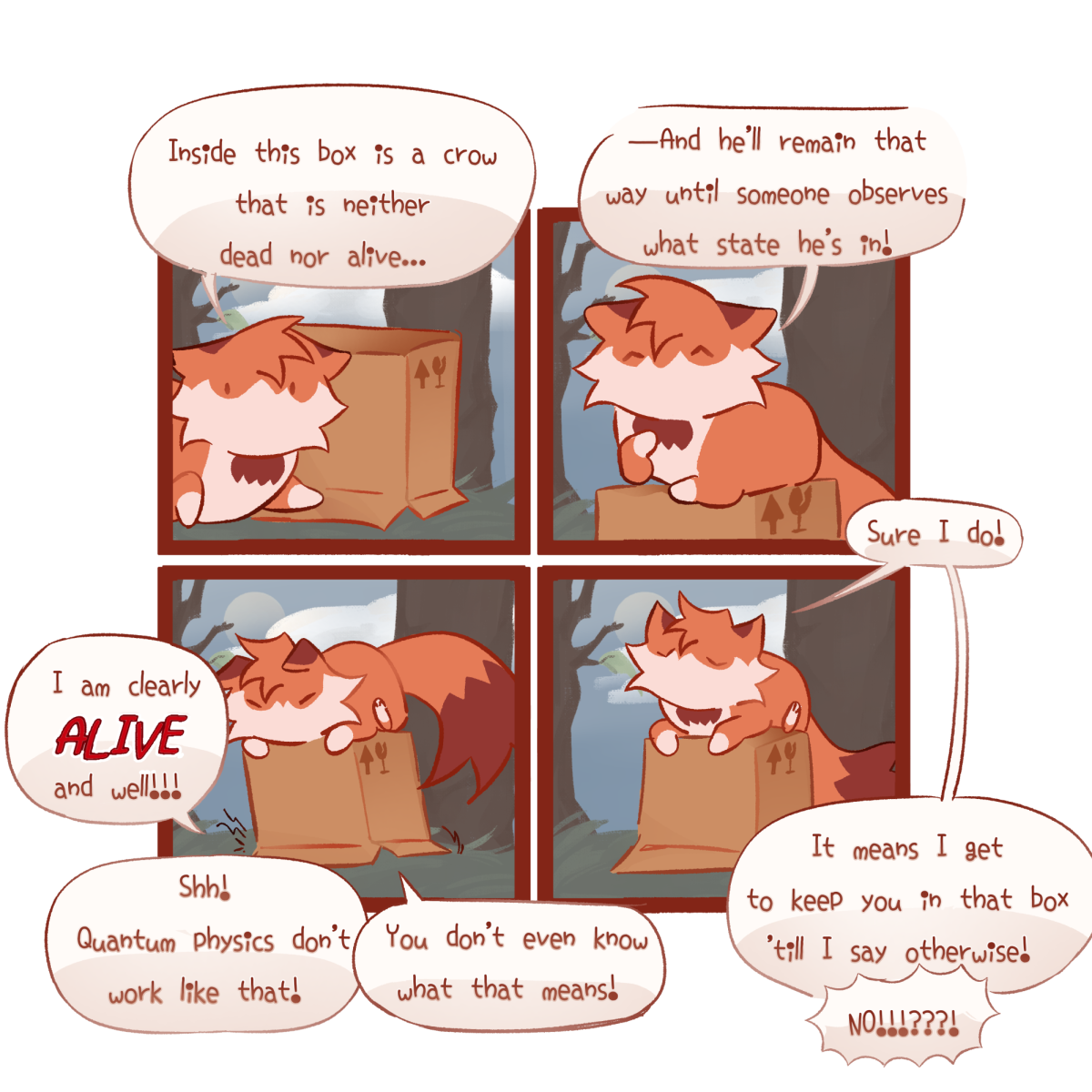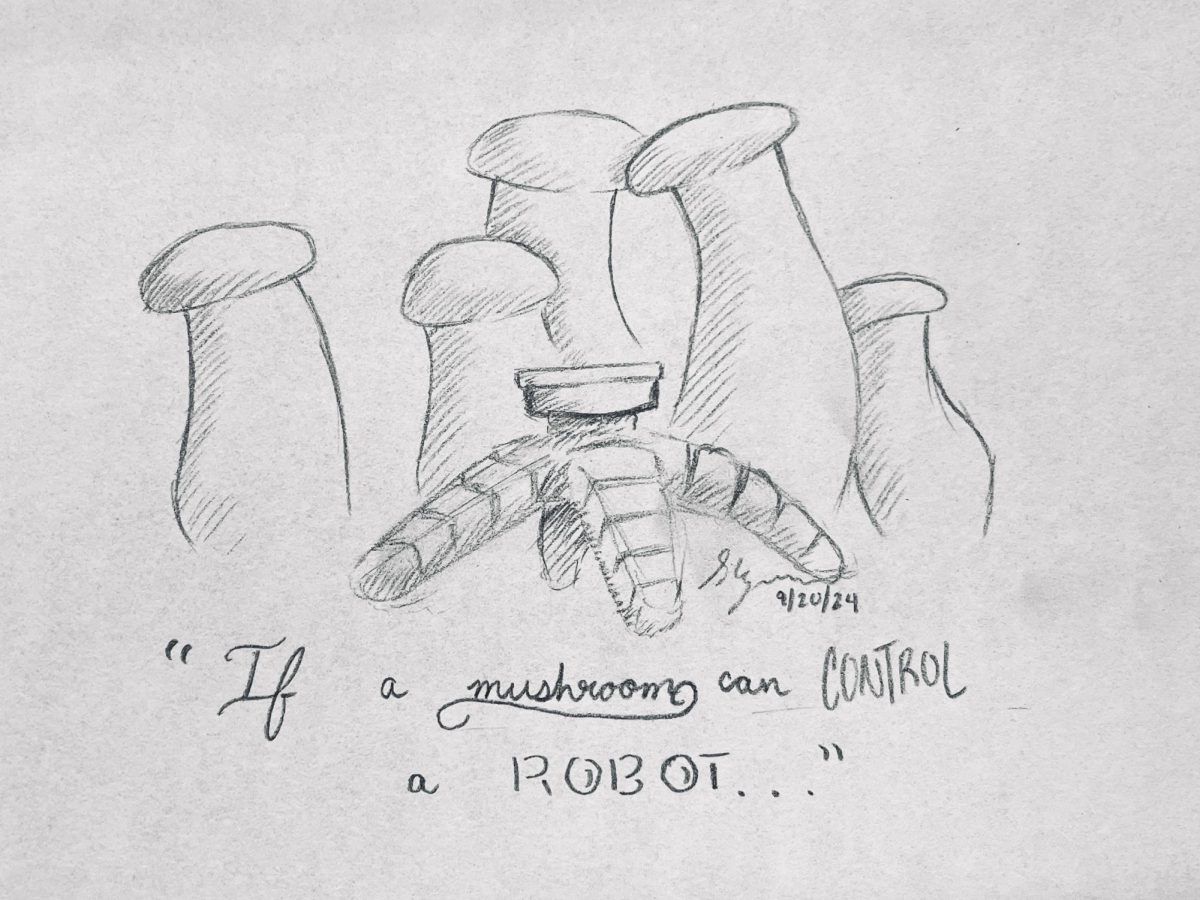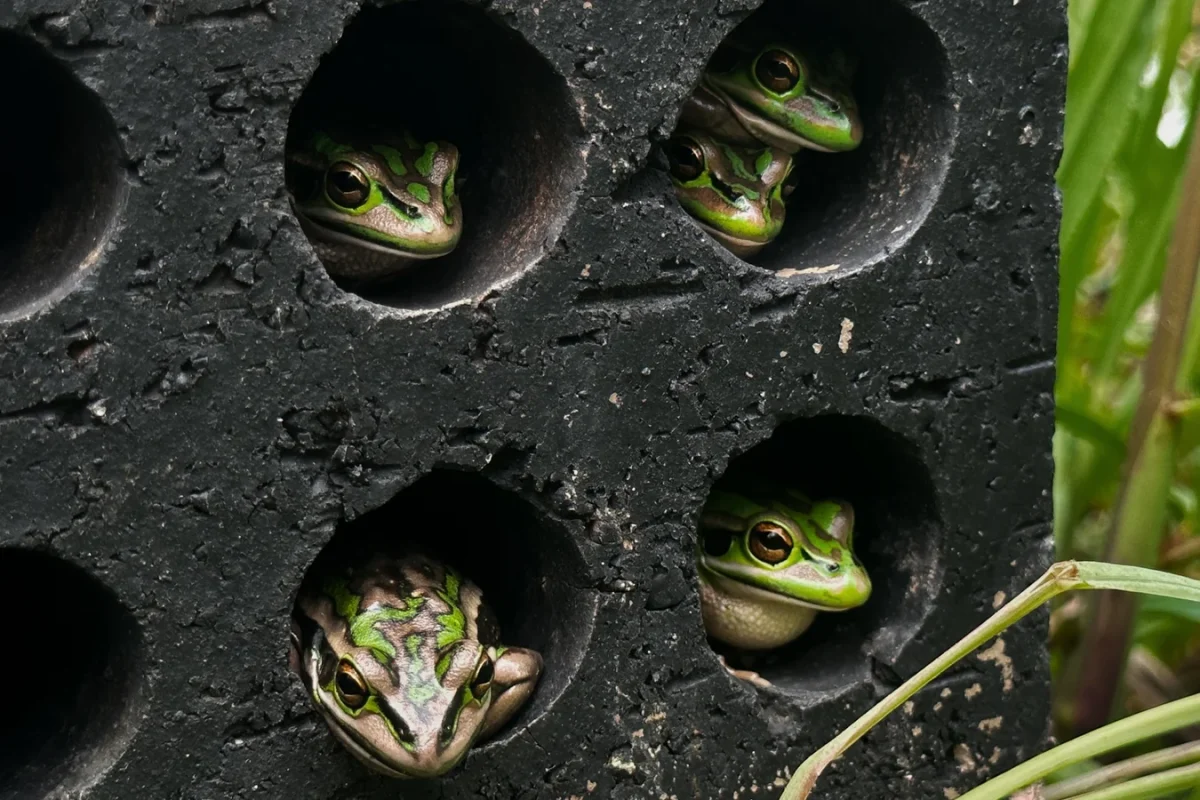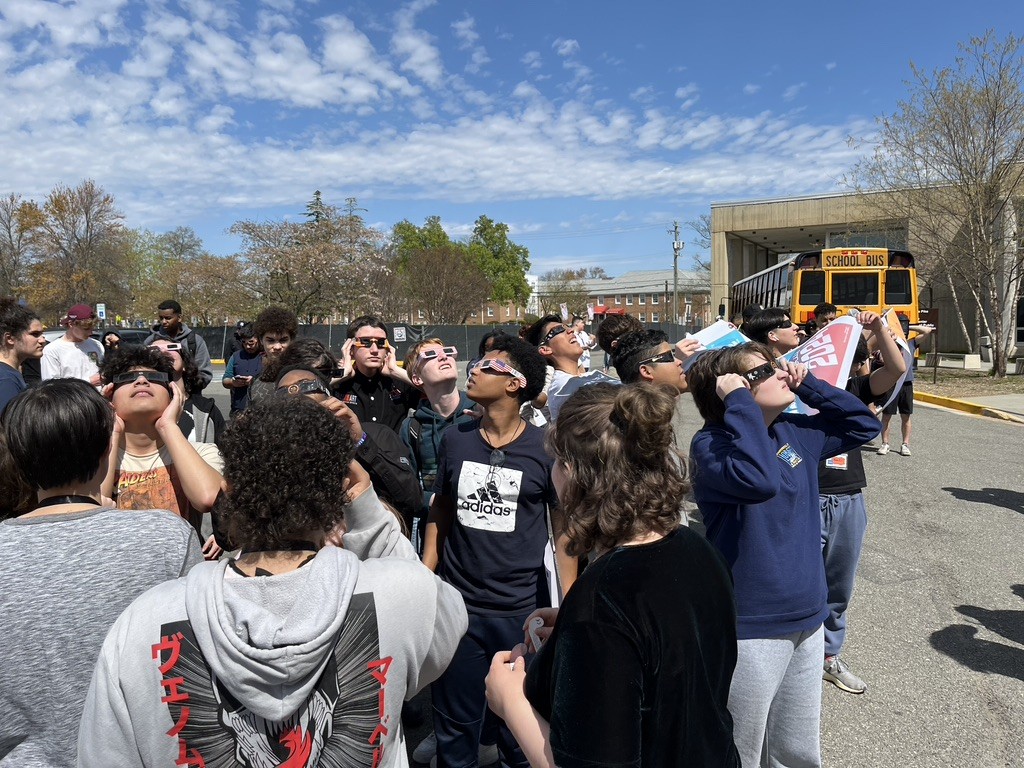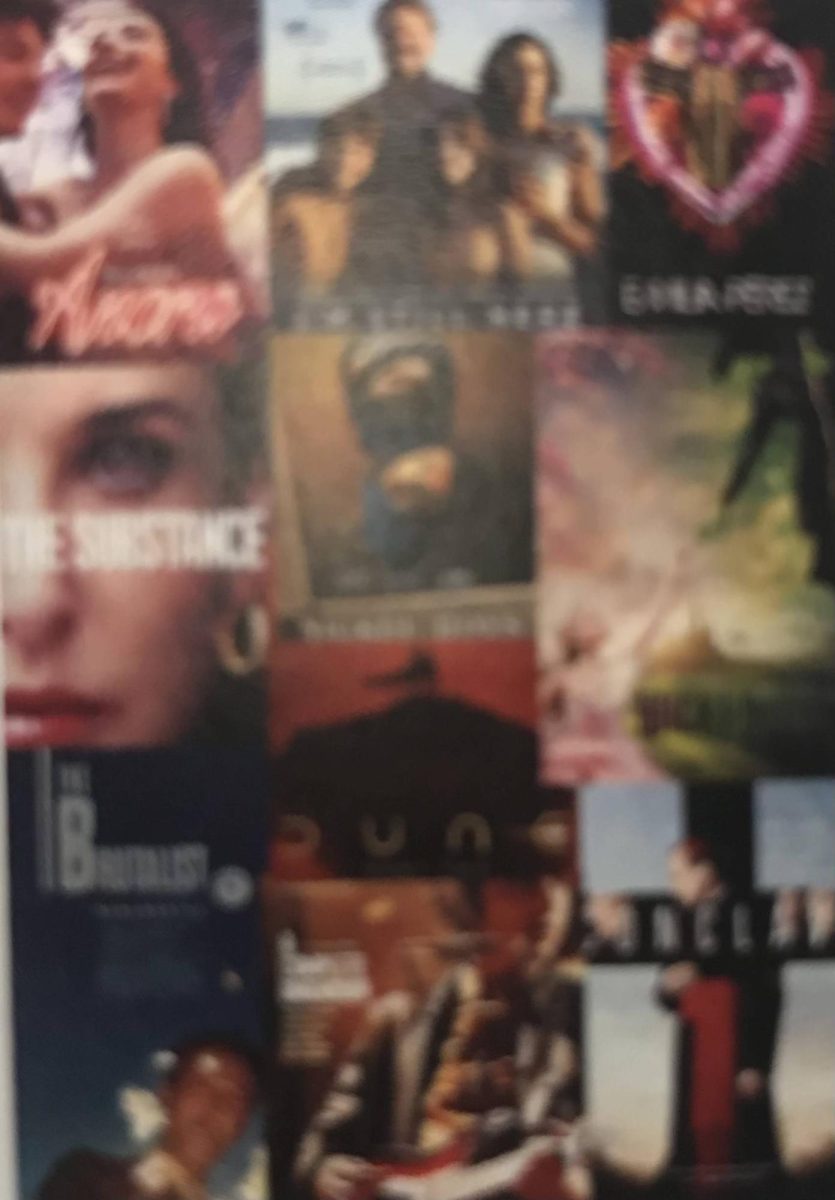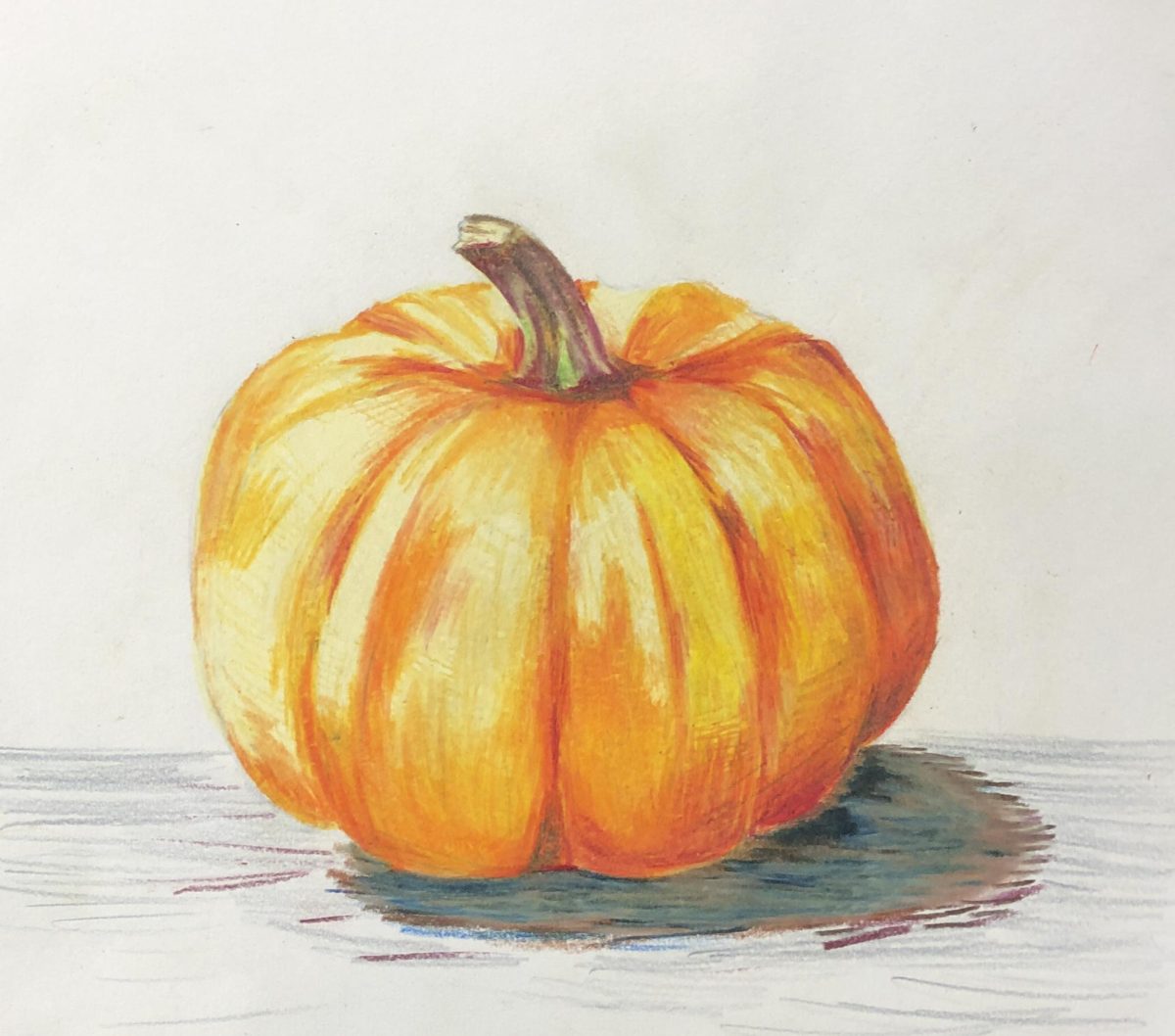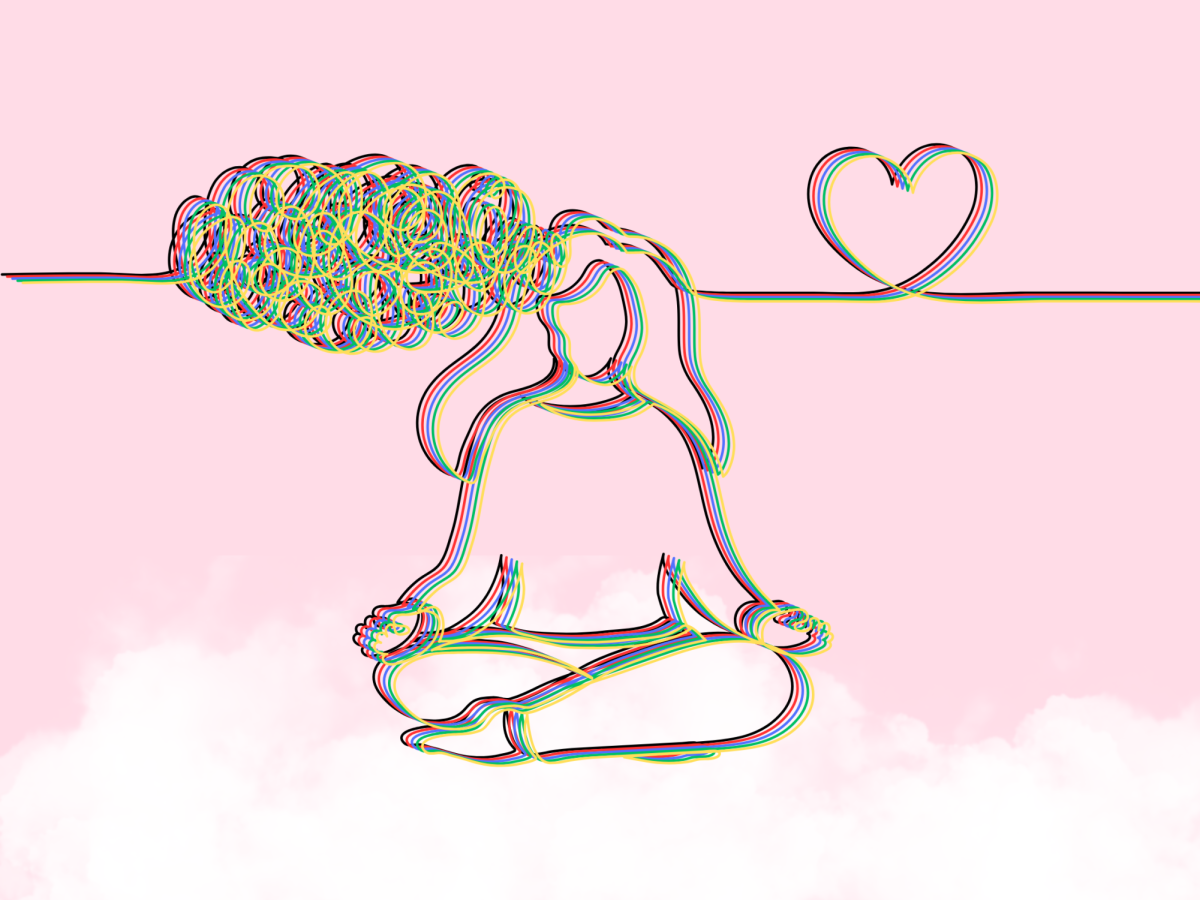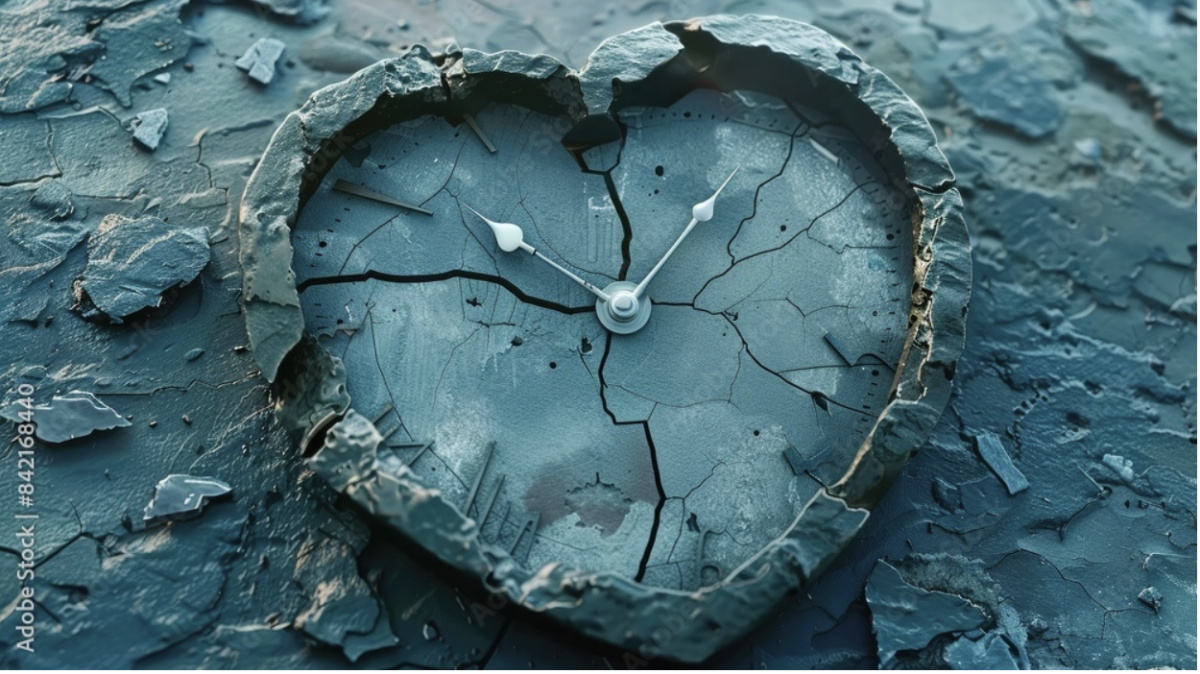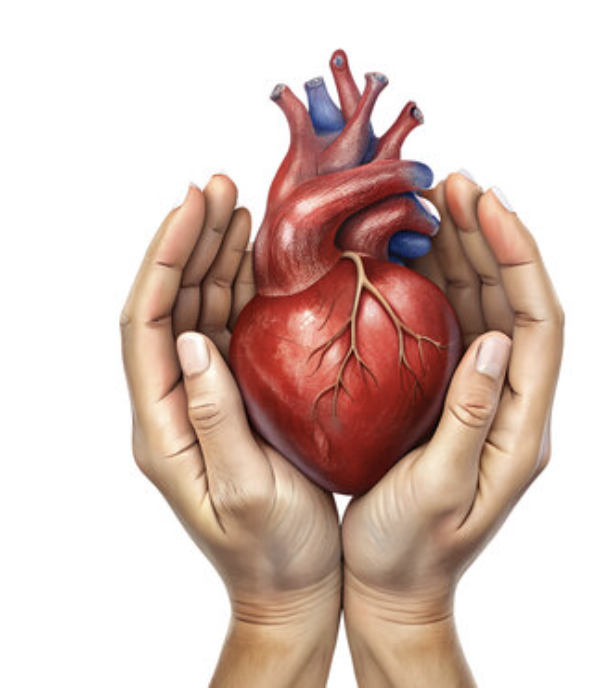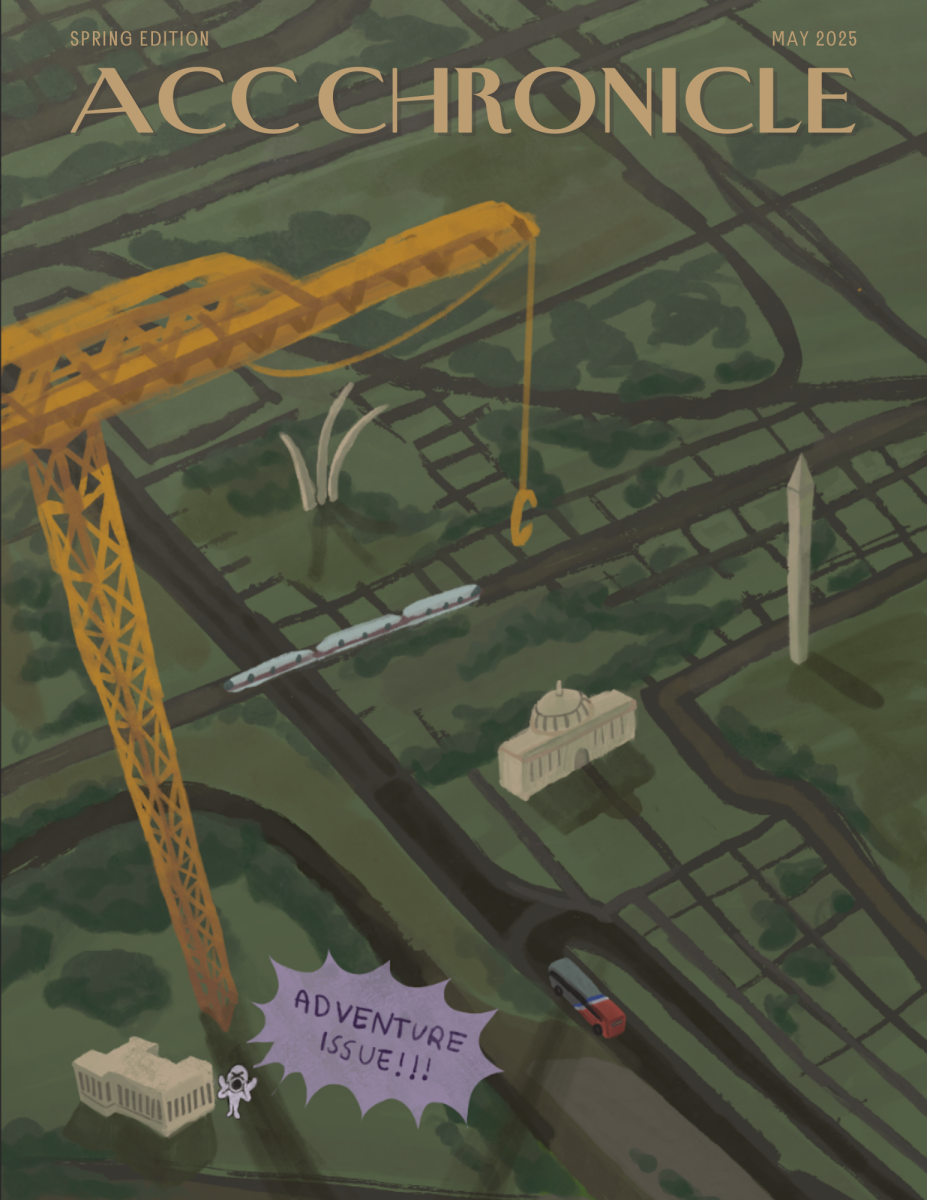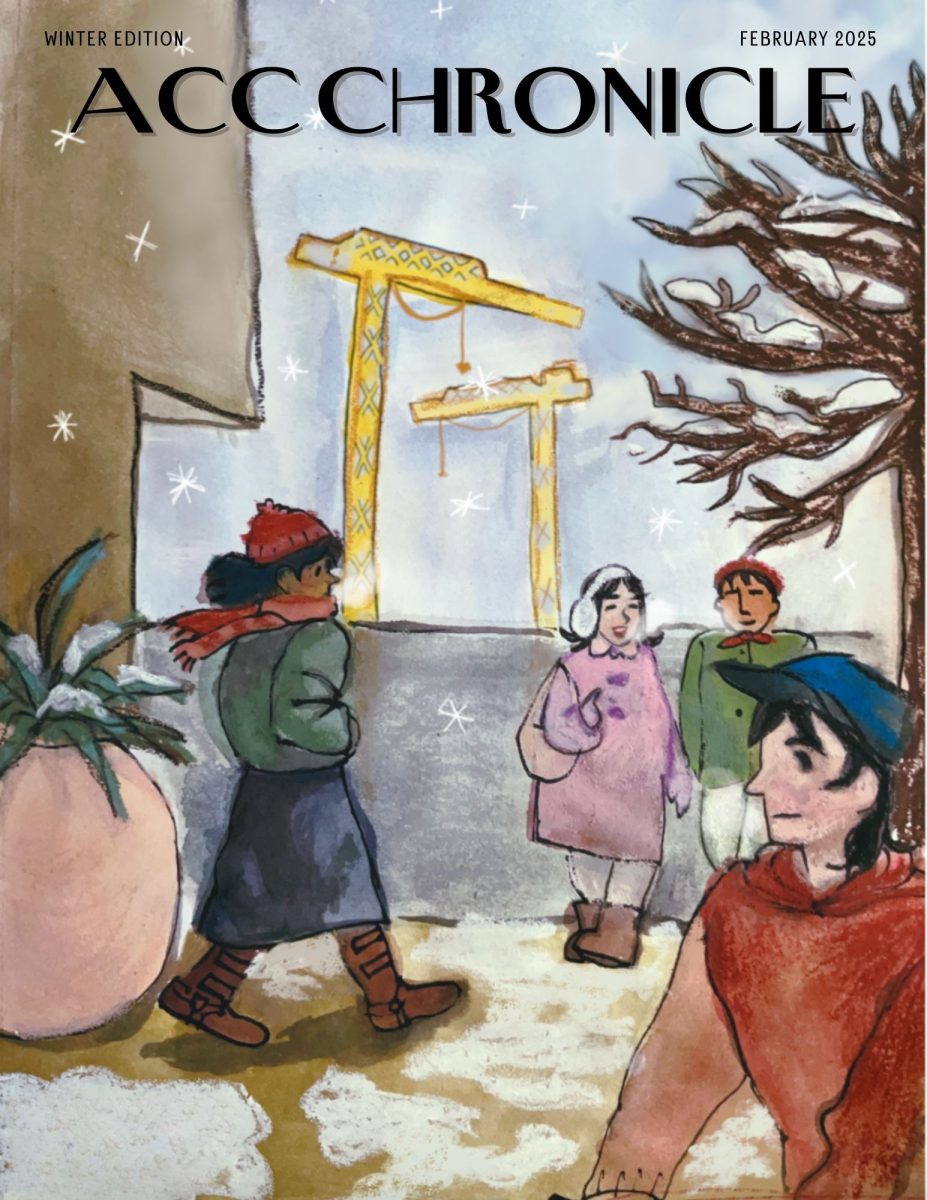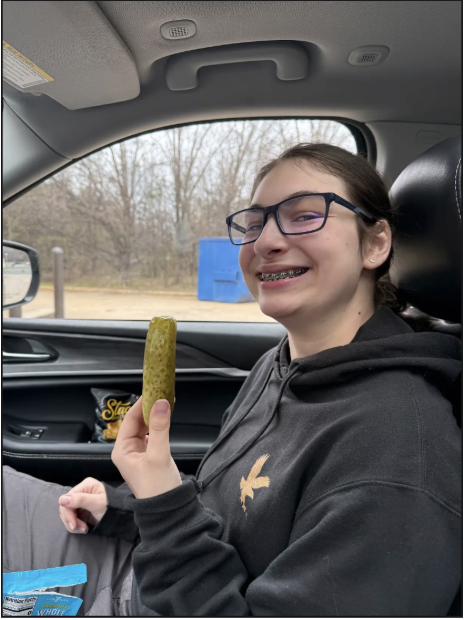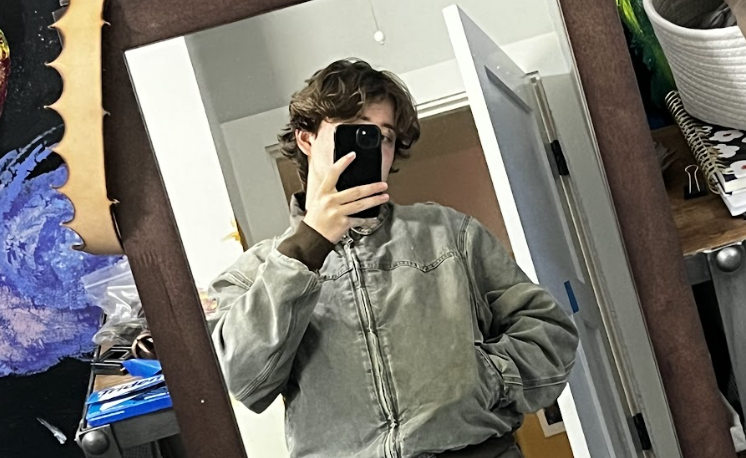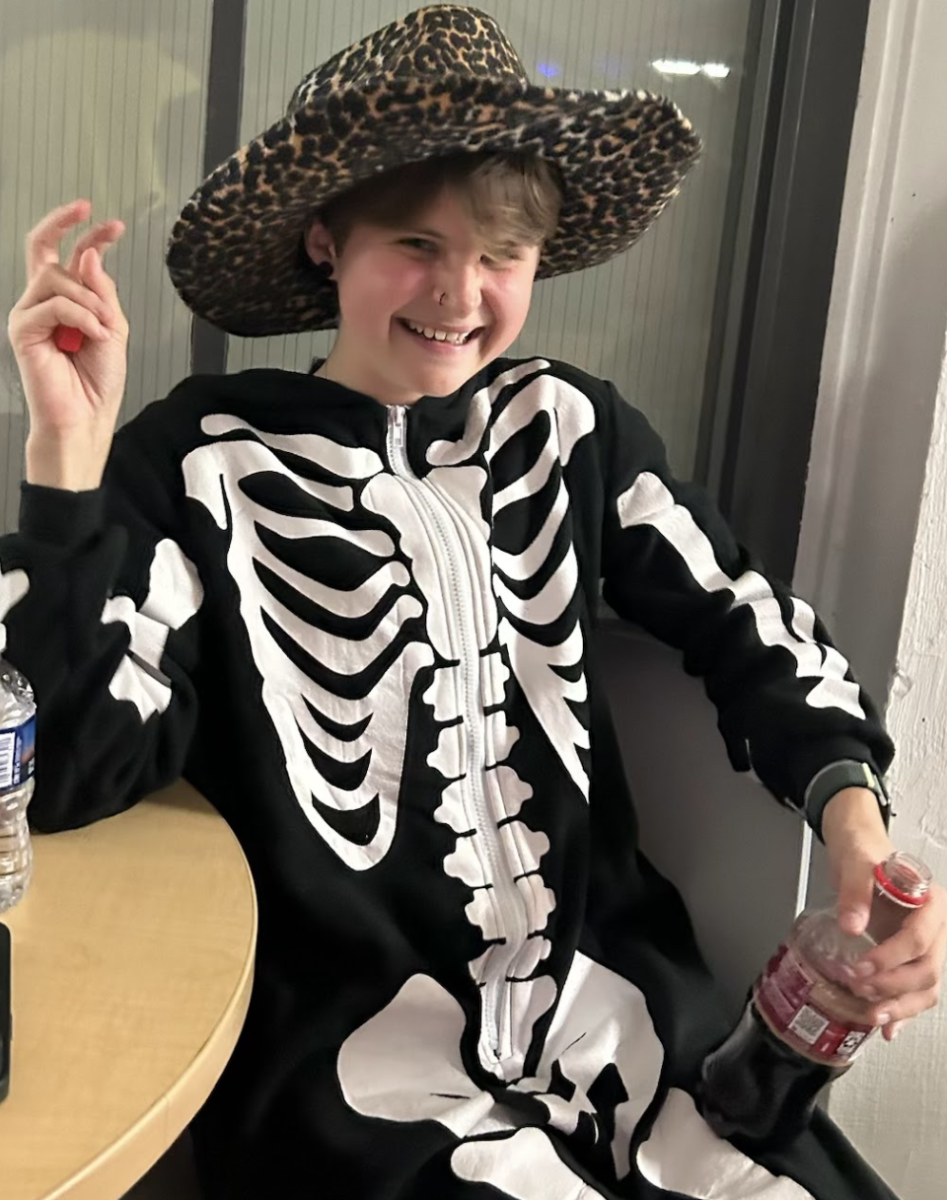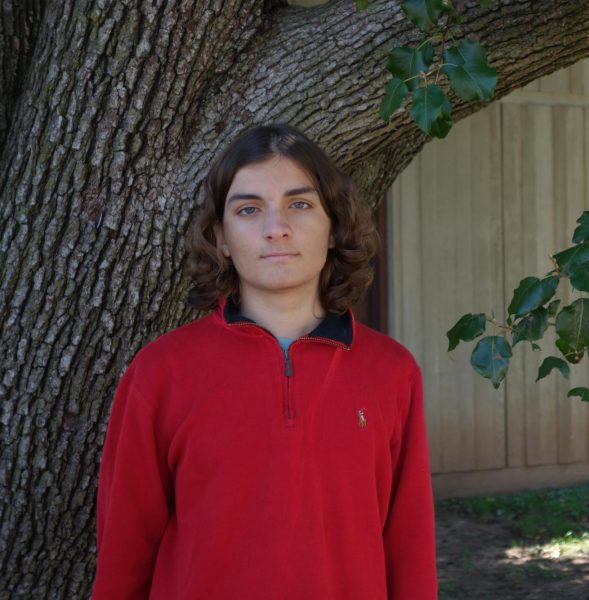Though the National Gallery of Art in DC is renowned for the beautiful art within its walls, one of the most captivating exhibits lies outside the building and a block away—the Sculpture Garden. The Sculpture Garden is a unique collection of sculptures, focused primarily on abstraction, though not exclusively. To give you an idea of what you could see if you ever go there, I’ll talk quickly about several exhibits I found particularly interesting.
We’ll start with one of the less abstract statues to ease into the wonders of the sculpture garden: AMOR, by Robert Indiana. For those unaware, amor means “love” in Spanish, and as such, this sculpture is a translated version of Indiana’s famous sculpture LOVE, made specifically to be shown in Madrid. The meaning of this installation is not exactly subtle, and it was made in support of the counterculture movement during the Vietnam War. The unique font and accentuations make this sculpture very interesting, despite its simplicity in both construction and message.

The second sculpture I’ll talk about is House I, by Roy Lichtenstein. This sculpture initially seems to depict nothing more than an ordinary cartoon rendering of a house, but inspection from other angles, such as the one pictured above, reveals the house to be nothing more than an optical illusion made of two freestanding walls. This sculpture was particularly interesting to me, since, like most optical illusions, it highlights the limits of perceiving the world through just one viewpoint. This piece was also interesting because it’s one of the only ones visible from outside the sculpture garden itself, angled perfectly so that an onlooker would only be able to see it as a normal house, and only those who enter the garden proper can see its true nature.
The final sculpture I’ll discuss is Graft, by Roxy Paine. This sculpture is one of many in Paine’s series called “Dendroid”, named for the fictional species of tree made by Paine himself that each sculpture is a part of. Despite being made to resemble trees, each and every piece in the Dendroid series is distinctly unnatural, being made exclusively out of stainless steel and perpetually stripped of leaves, as seen above. Graft was one of the last pieces in Paine’s series, and while others depict more outwardly meaningful structures such as a tree snapped in half or two trees with mesmerizingly intertwining  branches, Graft’s message is far more nuanced. The name “Graft” likely brings to mind the practice of joining two different plant species together to resuscitate one of them, or the medical procedure with the same name and similar process, but what exactly is being grafted is unclear. Is the implication that something metal was grafted to the tree, or is the tree an unnatural graft onto the Earth itself? Like most abstract art, the meaning is left almost entirely to audience interpretation, so we may never know Paine’s true thoughts behind his art, but that shouldn’t stop anyone from trying.
branches, Graft’s message is far more nuanced. The name “Graft” likely brings to mind the practice of joining two different plant species together to resuscitate one of them, or the medical procedure with the same name and similar process, but what exactly is being grafted is unclear. Is the implication that something metal was grafted to the tree, or is the tree an unnatural graft onto the Earth itself? Like most abstract art, the meaning is left almost entirely to audience interpretation, so we may never know Paine’s true thoughts behind his art, but that shouldn’t stop anyone from trying.
If any of the pieces I talked about sounded even remotely interesting, I urge you to take a trip down to the National Mall in DC and spend even just fifteen to twenty minutes walking through the Sculpture Garden and admiring all the art. This article didn’t even cover a sixth of the displays, and even if you’re not one for careful analysis of abstract art, the garden itself is simply beautiful, and quite relaxing to stroll through.





